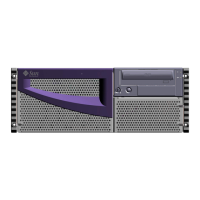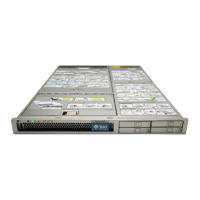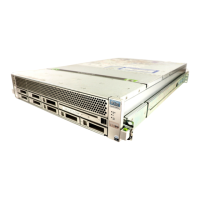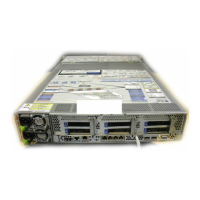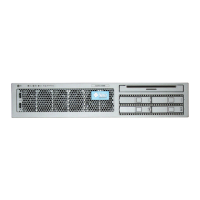Chapter 1 Introduction to Server Software and Configuration 3
Note – The XSCF firmware requires that all domains have the SUNWsckmr and
SUNWsckmu.u packages. Since the Core System, Reduced Network, and Minimal
System versions of the Solaris OS do not automatically install these packages, you
must do so on any such domains that do not already have them.
You can install applications on the domains. That process is managed through the
Solaris OS tools. Likewise, any other software management applications that you
prefer to use on the domains must be installed through the Solaris OS tools.
The DSCP network provides an internal communication link between the Service
Processor and the Solaris domains.
Software Services
TABLE 1-1 contains an overview of XSCF firmware services and networks that are
part of your server, and where they are documented.
TABLE 1-1 Software Services
Service Description
Access control Access control includes logging in to the system, user accounts, passwords,
privileges, and XSCF firmware control.
See Chapter 2.
Initial system
configuration
Initial configuration of the services for the Service Processor and the domains,
including DSCP network, XSCF network, DNS name service, LDAP service, NTP
service, HTTPS service, Telnet service, SSH service, SNMP service, and SMTP
service.
See Chapter 3.
Domain configuration Each domain runs its own copy of the Solaris OS. Domains are managed by the
Service Processor XSCF firmware, and communicate with the Service Processor over
the DSCP network. You can access a domain console from the Service Processor or,
if your system is networked, log in to a domain directly.
See Chapter 4.
Auditing The auditing function logs all security-related events.
See Chapter 5.
Log archiving The log archiving function allows you to set up a remote host to automatically
receive and store log data from your server.
See Chapter 6.

